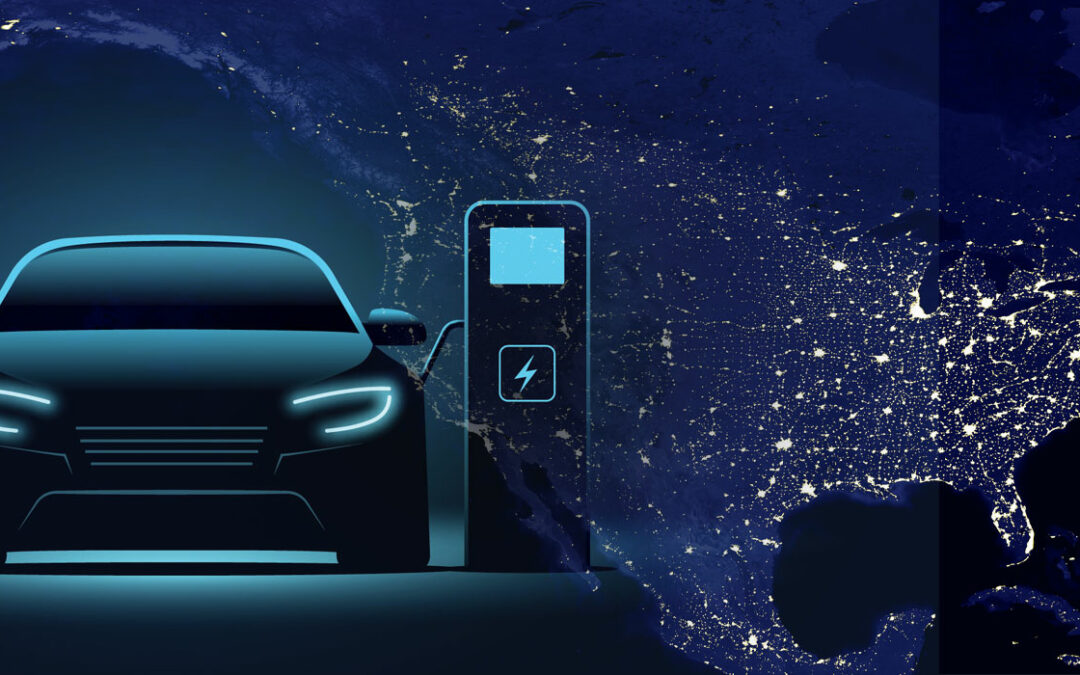California approved a regulation last month that forbids the sale of new gas-powered cars beginning in 2035. It goes without saying that this will speed up the adoption of electric vehicles and inspire other states to follow suit. (Oregon already imitates California’s example.) Less visibly, banning carbon-emitting vehicles might support the aging, brittle electrical infrastructure in the US.
Vehicles are no longer merely tools for getting around; they are becoming more and more a part of the overall energy infrastructure. If you lose power when your EV is fully charged in your garage (where automobiles are usually stored 95% of the time), you may be able to keep the lights on thanks to that large battery. Additionally, utilities might reimburse homes for their excess battery capacity in times of abrupt spikes in demand for the grid, such as when everyone wants to switch on their air conditioning during a heat wave or their heating during a cold freeze.
This is referred to as bidirectional or vehicle-to-grid charging (also known as V2G), and Clifford Rechtschaffen, commissioner of the California Public Utilities Commission, calls it “one of the legitimate game changers.” “EVs are acting as enormous batteries if they are all plugged in during these periods of peak load in the state. They could be utilized to significantly reduce grid stress when it is most needed.
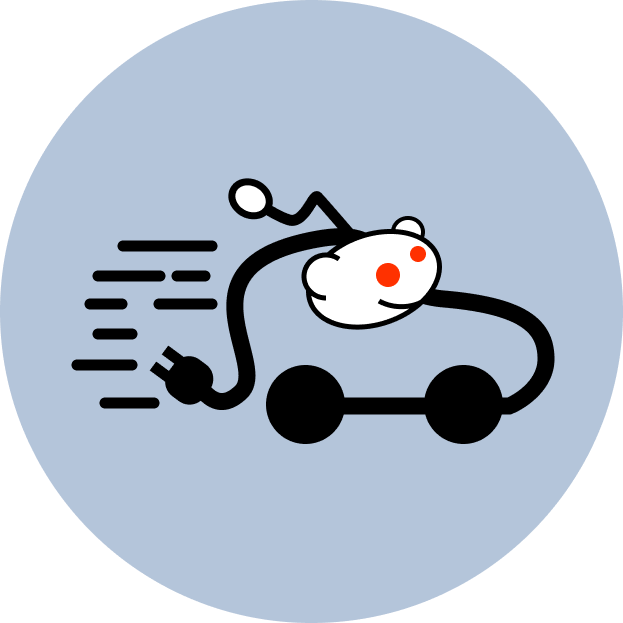
V2G is still in its infancy. Over 100 V2G pilots are dispersed over the globe, with the majority being in Europe. California has only conducted a few minor test initiatives. However, more auto and charger manufacturers are introducing two-way charging, and industry analysts believe the idea might be implemented widely. According to a recent prediction, 200 million electric vehicles could be on the road worldwide by 2030. The Natural Resources Defense Council predicts that by 2035, California alone might have 14 million people. The state’s entire housing stock could be powered for three days if only local utilities could make use of all those batteries.
Alternating current (AC) electricity is transformed into direct current voltage, which is stored inside the car’s battery, when a person plugs in a car to charge it. The owner can convert the DC power back to AC and feed it into the grid if they have a bidirectional charger.
Today, bidirectional chargers are quite uncommon, expensive, and may call for additional specialized hardware. However, automakers and other businesses are beginning to introduce them to assist EV owners support the grid or store and then transform power for their own uses. In the future dystopia plagued by climate change, Ford’s new electric F-150 can power a home for up to three days, which is a significant benefit. Volkswagen has praised the new and forthcoming EVs’ ability to charge in both directions. Nissan has just recently given the all-electric Leaf, which has been offered in the US for almost 12 years, the first bidirectional charger.
According to Max Baumhefner, a senior attorney with the Natural Resources Defense Council, utilities will most certainly play the largest part in ushering in a new era of electrical systems. Offering “time-of-use” charges, which make it less expensive for owners to charge at times when the grid is less taxed—for example, when most people are asleep at night—is one simple way they might encourage EV drivers to support the grid. After observing these rate programs’ performance for ten years, Baumhefner came to the conclusion that “if we give individuals a little shove, they will respond.” By assisting utilities in making better use of the infrastructure they already paid for and avoiding renovations, this kind of policy can actually keep costs down for all grid users.
According to Katie Sloan, vice president of customer programs and services at the utility Southern California Edison, standardization will be the key. If the various EVs and charging stations were technologically connected, it would benefit as more individuals began feeding battery power back to the grid. According to Sloan, “it’s fairly comparable to what we saw with the solar market.” It was the first time that dwellings have true bidirectional electricity flow rather than just one direction. Similarly, in order to utilize the EV batteries that are currently stored in garages, automakers, charging businesses, and utilities must collaborate.
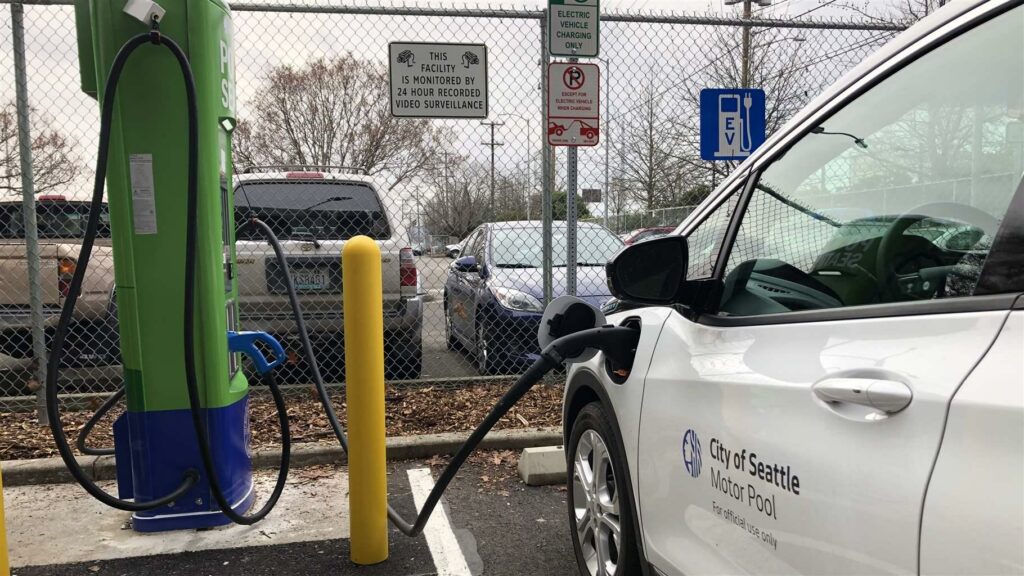
Standardization, according to Southern California Edison vice president of customer programs and services Katie Sloan, will be the key. It would be beneficial if different EVs and charging systems were technologically connected as more individuals began feeding battery power back to the grid. It’s remarkably similar to what we seen in the solar industry, claims Sloan. That was the first time we switched from residences with one-way power flow to ones with true bidirectional power flow. Similar to this, cooperation between automakers, charging businesses, and utilities is required to utilize EV batteries that are currently stored in garages.
This might occur via email, an app, or even a notification that appears on the car’s dashboard. If necessary, the consumer should be allowed to choose not to participate in a specific event, for example, if they anticipate needing a full charge for their EV before leaving town. (Tesla has an opt-in program similar to this one for its Powerwall home batteries, which send power to the grid during times of high demand.)
California officials attribute people’ heeding of a daily text message urging them to cut back on wasteful energy use—such as unplugging their EVs—with preventing rolling blackouts this month, during a record hot wave. The demand on the grid would be reduced if those EVs were also utilized to power the residences of their owners.
Aaron August, vice president of business development and customer engagement at Pacific Gas and Electric, one of California’s main utilities, says that his company believes electric vehicles can help make power disruptions undetectable to customers. That is, your home should be able to convert to battery power without you even realizing it if the electricity goes out. These are portable power stations. Additionally, with the appropriate setup, you may endure an outage for extended periods of time.
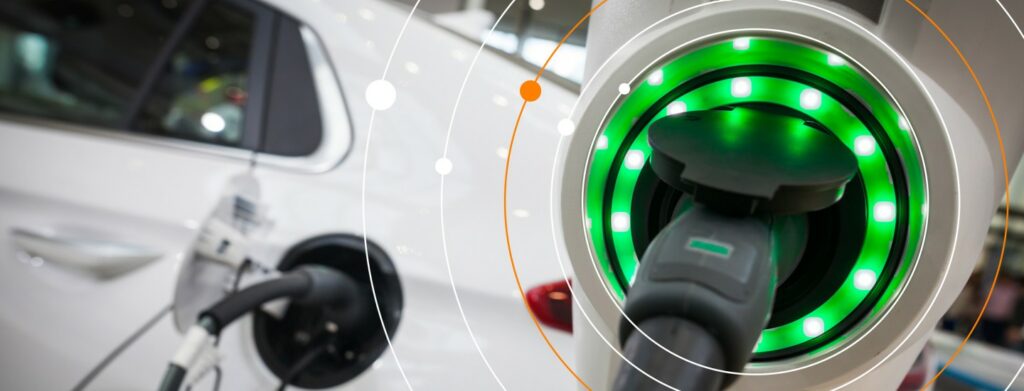
Utility companies in California are now starting small-scale V2G tests. This summer, San Diego Gas & Electric began a five-year pilot project to connect eight school buses with a nearby school district and the V2G technology firm Nuvve. Both the gigantic size of these batteries and their use have advantages: Children are picked up and dropped off by buses on a regular timetable, allowing them to sit idle and replenish the grid at predetermined intervals.
Miguel Romero, San Diego Gas & Electric’s vice president of energy innovation, asks, “All they are is batteries on wheels, right?” Operators of other large commercial vehicle fleets may potentially connect to comparable V2G initiatives. “I think it starts to become a bigger—a better—proposition to possibly have these massive amounts of energy parked in specific parking lots offer energy back,” he says.
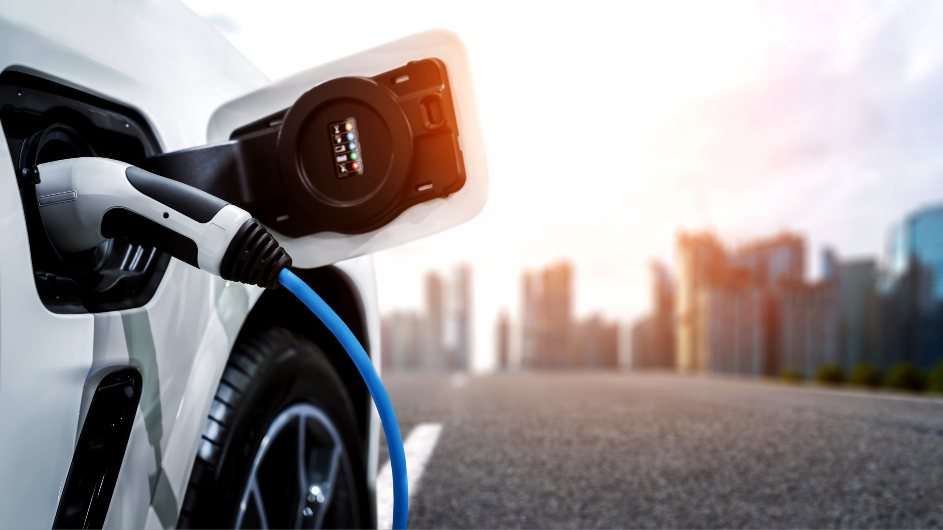
If V2G were implemented throughout California, the grid would have more flexibility. It would be crucial during a heat wave, when demand will increase as people come home and put on their air conditioners in the late afternoon. Utility companies foresee this surge in demand rather well, but it is still difficult to balance it with the available electricity, especially when that supply begins to decline in the late afternoon as solar production slows.
Although California’s daily energy saving alerts were effective, they were a pretty general approach to dealing with a heat wave, especially given how extreme weather is becoming as a result of climate change. According to Jan Kleissl, director of the Center for Energy Research at the University of California, San Diego, “it’s highly non-granular—a large hammer for a very sensitive subject.” “We can motivate individuals that way, but we don’t have any other effective ways to change the load over shorter time periods, like 10 or 30 minutes. The electricity grid takes all those little variations very seriously.
Contrarily, a utility would have a considerably more sophisticated tool for managing demand surges if it used widespread V2G. A grid operator may use those batteries if truckers park their powered rigs in a lot at the end of the day just when demand is increasing. Homeowners might either sell any excess energy to the grid or utilize their EV batteries to power their own residences during this time. If they were compensated for it, Kleissl asserts, they might be willing to do it. The grid can be adjusted considerably more precisely then than it can now.

